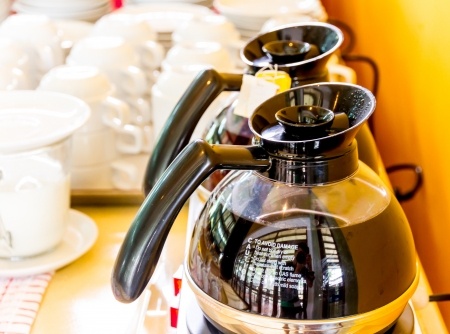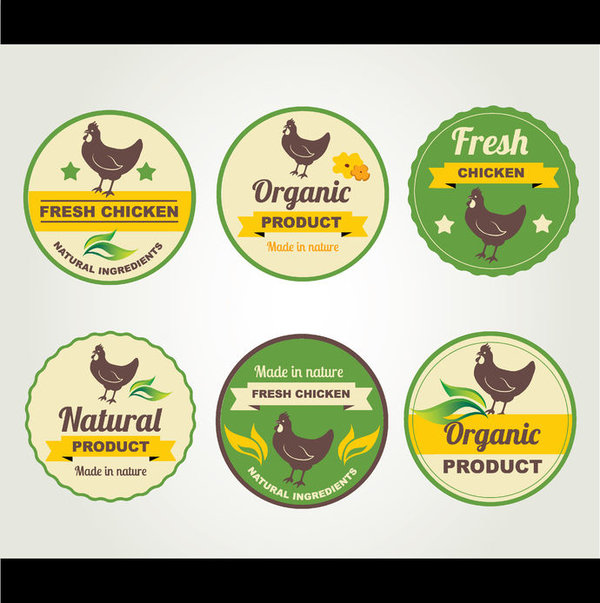There’s a story floating around the food service community of a thermal coffee pot in which a server one day discovered the badly stained skeleton of a small rodent that had crawled in and died months or even years earlier. While we hope that this story is nothing more than a myth, it does bring to light

Safe Food Handling Practices and Coffee Pot Sanitation
One of the advantages a thermal coffee pot has over the glass variety is that it keeps beverages warm long after they are brewed without the aid of a heat source. The major disadvantage to these convenient containers is that most of them cannot be run through the industrial dishwasher.
We’ve seen firsthand that coffee pots may not be properly cleaned in many outlets. Once the coffee is dumped, an employee will often simply rinse out the vessel and leave to dry. While this makes the pot look clean on the surface, over time coffee deposits can turn rancid and potentially cause an illness.
To keep these pots clean use plenty of hot water when cleaning. Be careful not to use too harsh of a soap or sanitizer, because these can potentially eat away at the interior surface causing pockets where bacteria can thrive. Also be sure to never use a hard brush as this can also scratch the surface.
Over time, it will be necessary to descale your coffee pot to remove the stains of constant use. There are many different products on the market to accomplish this. Just make sure to rinse thoroughly to remove any trace of chemicals from the pot.
We like to cover many different scenarios and items in your kitchen to keep you aware of safe food handling practices when it comes to your utensils and equipment. Are there any items in your facility you’d like us to cover?



